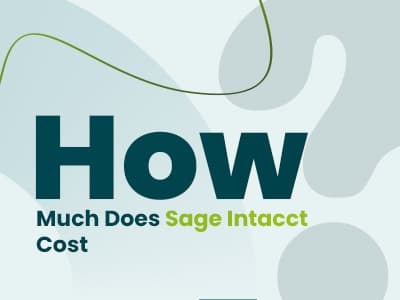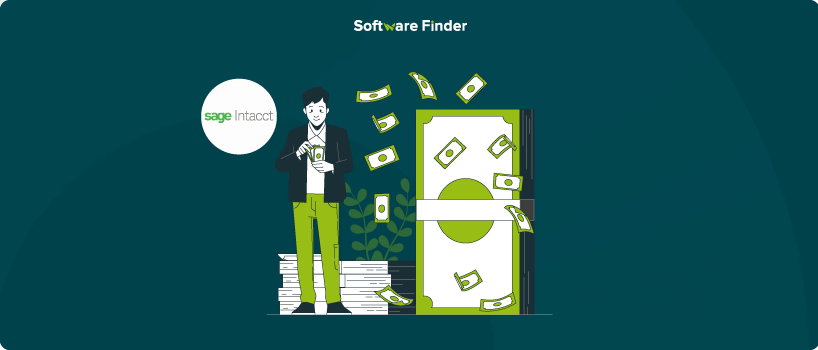
Sage Intacct is a leading cloud-based financial management and accounting software that is designed to scale with growing businesses. But how much does it actually cost? The answer varies based on the business size, complexity, and feature requirements.
This article breaks down the basic price structure, features, and other factors that can impact the software cost to help you estimate your investment.
Sage Intacct pricing is not based on a fixed set of plans; instead, it is tailored to your business's size and operational complexity. Rather than providing a one-size-fits-all model, Sage Intacct bases its price on the real value the platform offers.
This flexibility enables scaling companies to pay only for the features they need, whether it's core financial management or advanced modules like project accounting and multi-entity reporting. It also means that the costs can vary depending on how the system is set up, how many users are involved, and which add-ons are selected.
Sage Intacct's licensing is subscription-based and often billed annually. While this allows businesses to scale the platform based on their need, it also makes the cost highly variable.
Initial Implementation Fees
Implementation is often the first and most important upfront expense. The implementation cost for Sage Intacct can range between $20,000 and $35,000 on average, depending on the complexity of your organization. As a general guideline, allocate $1.00 to $1.75 in installation services for every dollar spent on your annual subscription.
Recurring Subscription Fees
Optional Add-Ons And Feature Upgrades
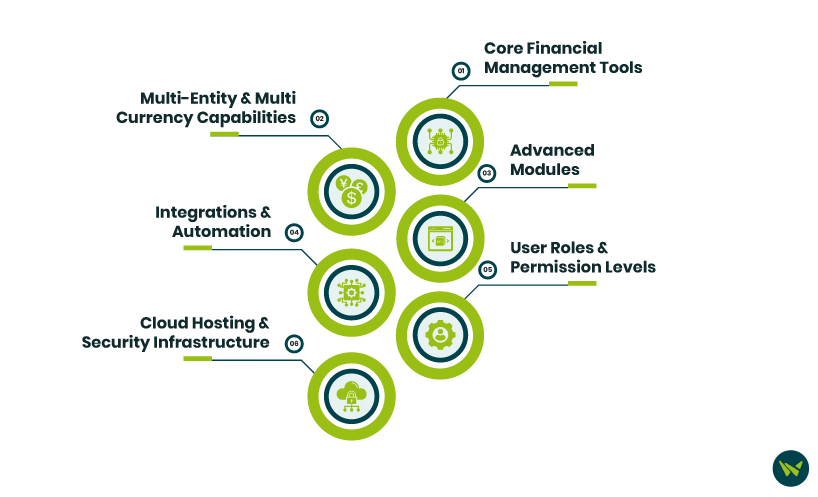
Core Financial Management Tools
Multi-Entity And Multi-Currency Capabilities
These are add-on features that come at an extra cost.
Advanced Modules
Integrations And Automation
Sage Intacct seamlessly integrates with Salesforce and other CRM, ERP, and payroll systems. These integrations assist in reducing manual data entry and increase workflow efficiency. However, advanced integrations can result in higher license and implementation costs.
User Roles And Permission Levels
Cloud Hosting And Security Infrastructure
Sage Intacct is a cloud-based solution that provides robust data security, regular backups, and access from anywhere. These features are included with the regular subscription. However, higher support tiers or additional compliance requirements can result in additional costs.
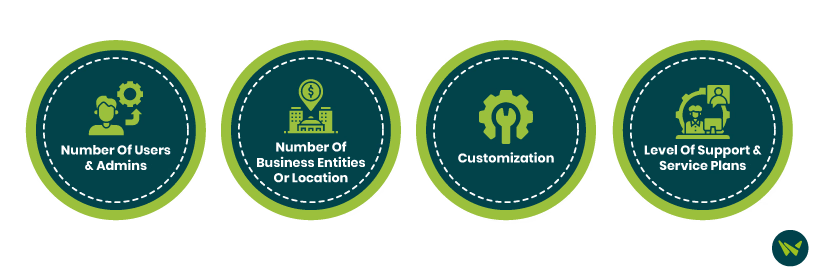
Number Of Users And Admins
Costs increase with the number of user licenses. Each role (e.g., employee user and business user) carries a different price point.
Number Of Business Entities Or Location
The basic package includes a single entity. Additional organizations require separate licenses; bulk pricing can be available for high-volume demands.
Customization
Highly customized setups, workflows, or reports might require consultation hours beyond standard setup, as a result increasing the overall cost.
Level Of Support And Service Plans
Sage Intacct offers tiered support plans. Basic support is included in the base plan, but priority or 24/7 support packages are available at a premium price.
Sage Intacct pricing is customizable and tailored to your specific business requirements. A small business can expect to pay $20,000 to $35,000 per year for a basic setup, with implementation expenses.
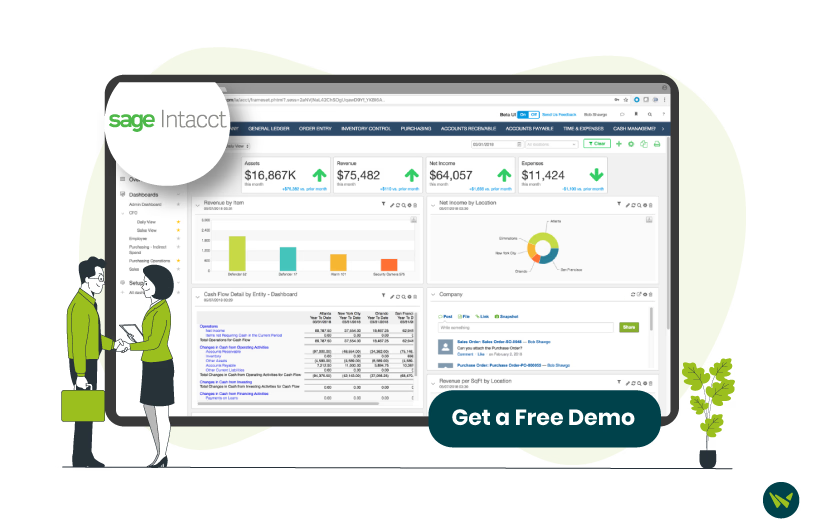
The final cost depends on the number of users, the modules you choose, the level of customization, and the complexity of your financial operations. Understanding these factors can help you make an informed decision for your business needs.
